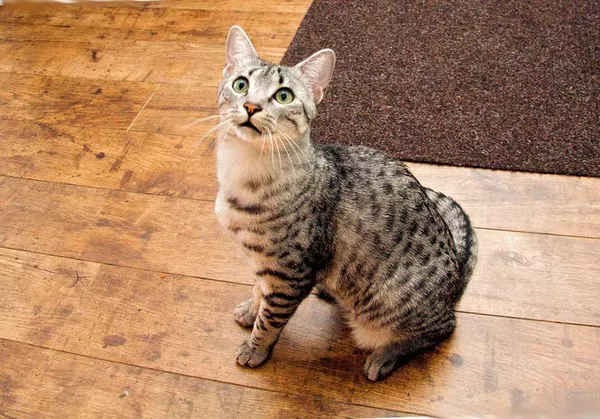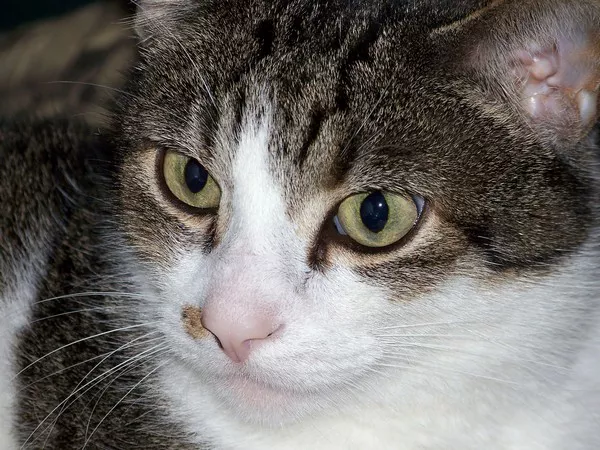Cats, often cherished companions, have been part of human history for over 9,000 years. Originally domesticated to control pests, particularly rodents and cockroaches, the house cat (Felis catus) has evolved into one of the most abundant carnivores globally. While our feline friends bring joy to households, a recent study underscores their impact on biodiversity. Led by Christopher Lepczyk, a biologist at Auburn University in Alabama, the research sheds light on the global scale of cats’ predatory behavior, affecting over 2,000 species, including birds, reptiles, mammals, insects, and amphibians. Alarmingly, 17% of these animals, equivalent to 347 species, are of conservation concern, with some facing critical endangerment. The study aims to enhance our comprehension of the ecological impact of cats and guide the development of effective management strategies. Published in the journal Nature Communications on December 12, the findings urge a closer look at the consequences of domestic cats, whether owned or unowned, on the world’s ecosystems.
Lepczyk, an advocate for wildlife conservation, expressed a keen interest in comprehensively understanding the dietary habits of outdoor-access domestic cats. Collaborating with his team and leveraging the assistance of a librarian, they meticulously reviewed previously published scientific literature, even delving into non-electronic sources. Overcoming this challenge, they ensured consistency and currency of all species names. The outcome revealed that cats are indiscriminate predators, preying on “virtually any animal they can catch,” according to Lepczyk. The comprehensive database includes 2,084 species, comprising 47% birds, 22% reptiles, 21% mammals, 6% insects, and 3% amphibians. Among the endangered victims are the western quoll from Western Australia, the endangered green sea turtle, and the extinct Stephens Island Rockwren.
The study highlights the noteworthiness of the high number of insects and invertebrates in cat diets, alongside the more anticipated predation of birds, reptiles, and mammals. The global distribution of the study reveals a concentration of results from Australia and North America, with underrepresentation from Africa and South America. Scientists emphasize that as more studies emerge, the actual number of species consumed by cats is likely to increase. Manuel Nogales, a researcher at Spain’s National Research Council (CSIC), supports this view, suggesting that the current figures may be underreported, and ongoing research could push the number to approximately 2,500.
In Spain, Nogales and his peers previously investigated the impact of feral cats on the Canary Islands, emphasizing the need for differentiation between domestic and feral cats in legislation. He criticizes Spain’s recent animal rights and welfare law, asserting that it fails to consider scientific knowledge and complicates efforts to address the impact of feral cats on native species. Nogales emphasizes the global scope of the issue and calls for better legislation and understanding of the ecological impact of cats to protect both felines and the species they prey upon.
Globally, cats have been implicated in the extinction of 63 vertebrate species, with island ecosystems particularly affected. They have contributed to 14% of all extinctions of birds, mammals, and reptiles on islands and the decline of 8% of species classified as critically endangered. Researchers, including Nogales and Lepczyk, anticipate that this and future studies will play a crucial role in addressing the ecological impact of cats, aiming to strike a balance that safeguards both the feline population and the diverse species they impact.












![Do Birman Cats Like to Cuddle? [Revealed!]](https://www.catsmeowweb.com/wp-content/uploads/2023/06/burmese-cat-24.webp)









